#New Orleans
Text
#nina dobrev#nct moodboard#ke$ha#thc#jessica burciaga#Dan Stevens#trans ed#new orleans#comfort food#matt murdock
128 notes
·
View notes
Text
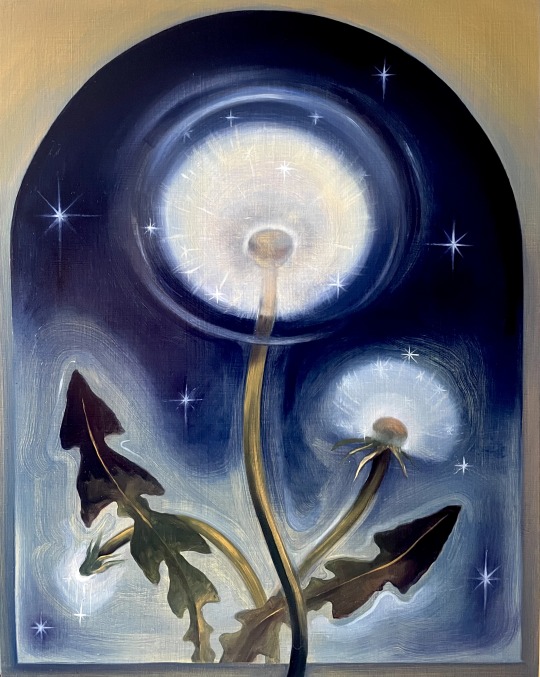

Moon and Sun
Oil on wood, both 11x14"
Ida Floreak 2023
I'll be participating in a sweet little show at Longue Vue House about Dandelions. These two pieces will be featured. Opening March 9 at 4:30 in New Orleans.
35K notes
·
View notes
Text
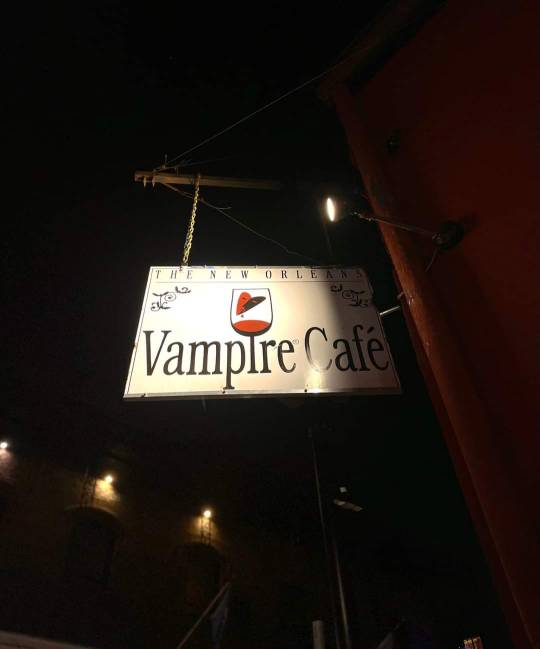
8K notes
·
View notes
Text

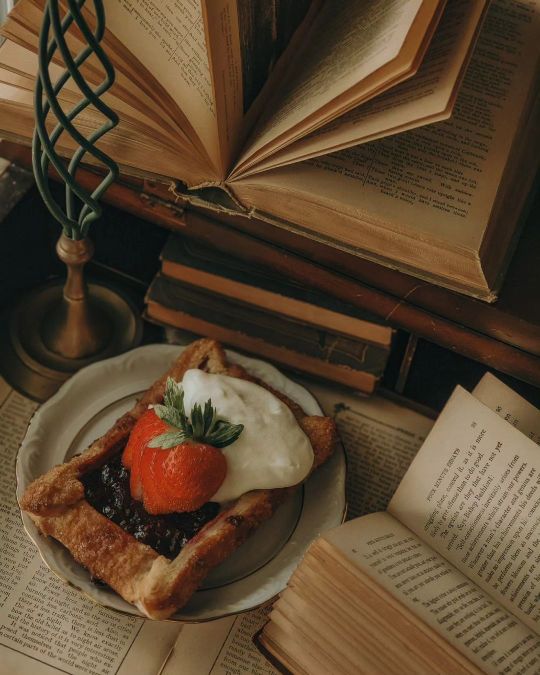




Instagram credit: coffeesoakedpages
#new orleans#lousiana#boston#massachusetts#bookblr#old books#books#classic literature#coffeeblr#coffee aesthetic#fall vibes#fall#dark academia#light academia#darkacademia#comfy aesthetic
6K notes
·
View notes
Text
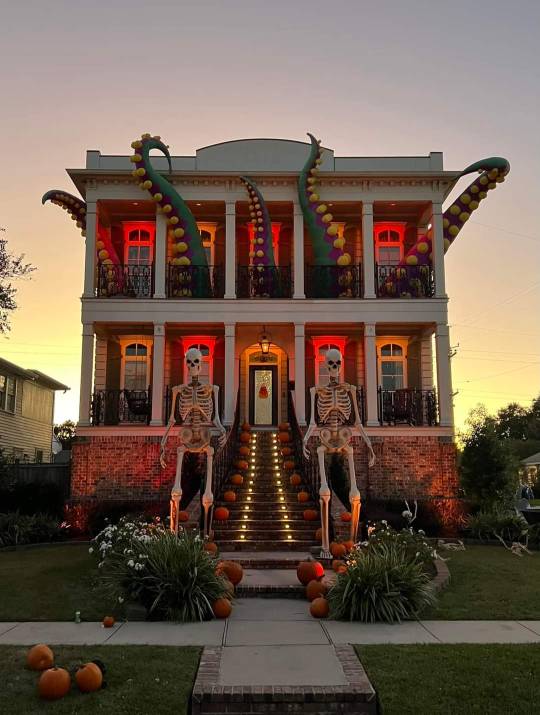
The Kraken House, New Orleans
4K notes
·
View notes
Text
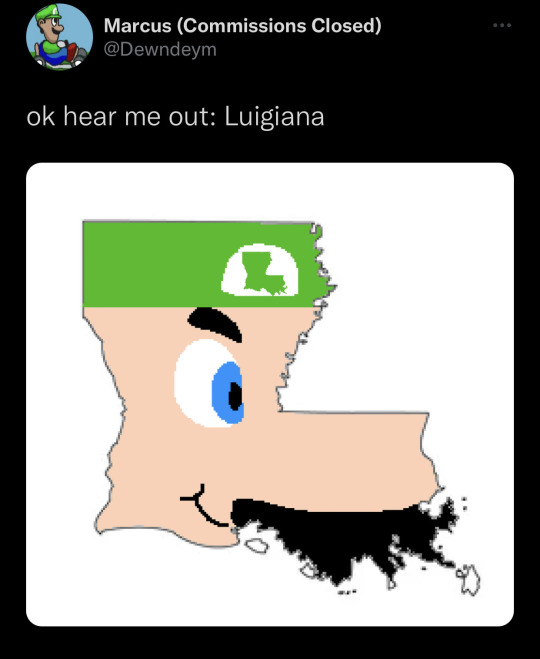
#luigi#mario#nintendo#gaming#video games#funny#lol#humor#meme#louisiana#geography#map#new orleans#super mario odyssey#super mario wonder#switch#nintendo switch#super mario#retro#retrogaming
2K notes
·
View notes
Text
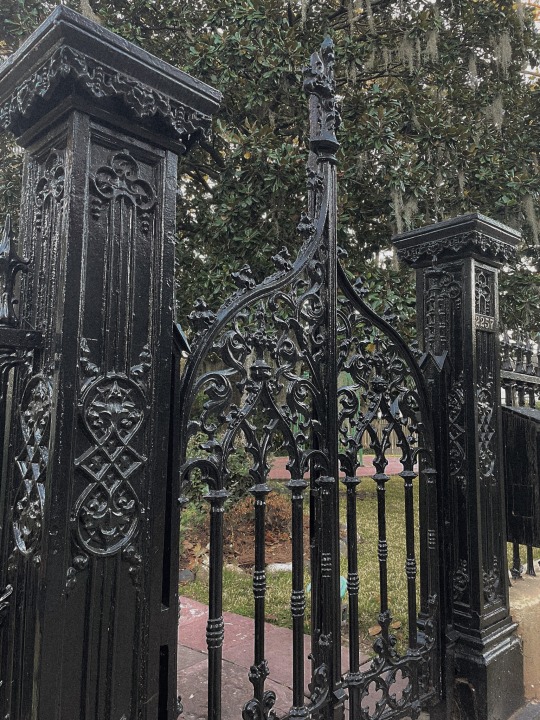
derbès mansion gates
#new orleans aesthetic#new orleans#cast iron#victorian gothic#dark academia#gothic aesthetic#antique aesthetic#antique academia#mine
2K notes
·
View notes
Text

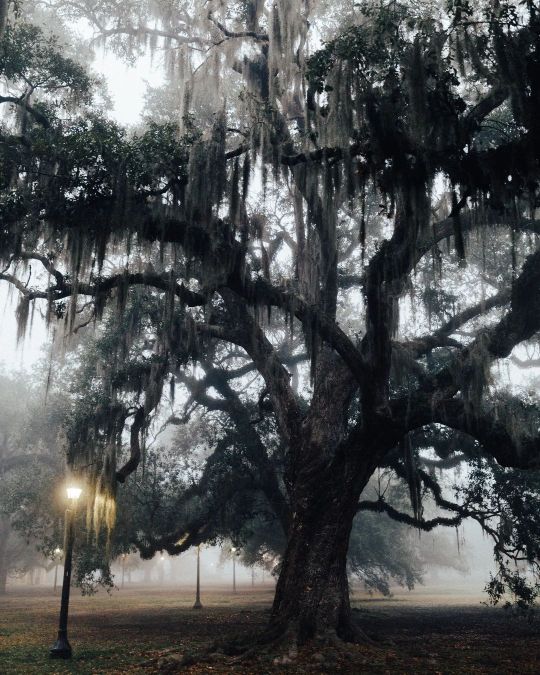
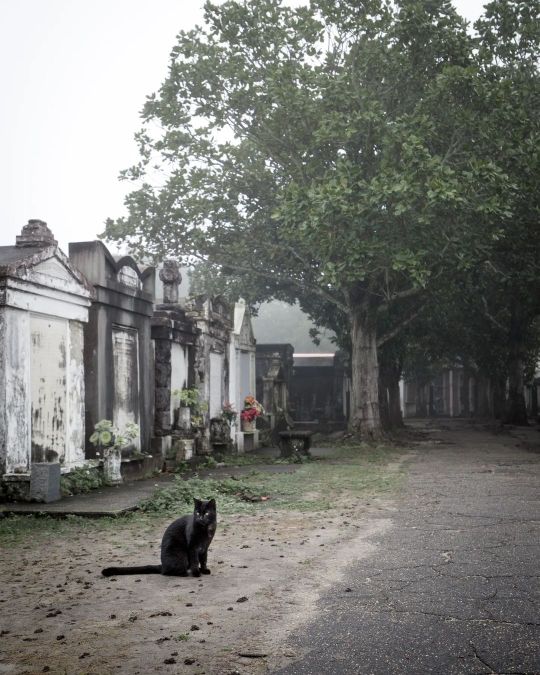
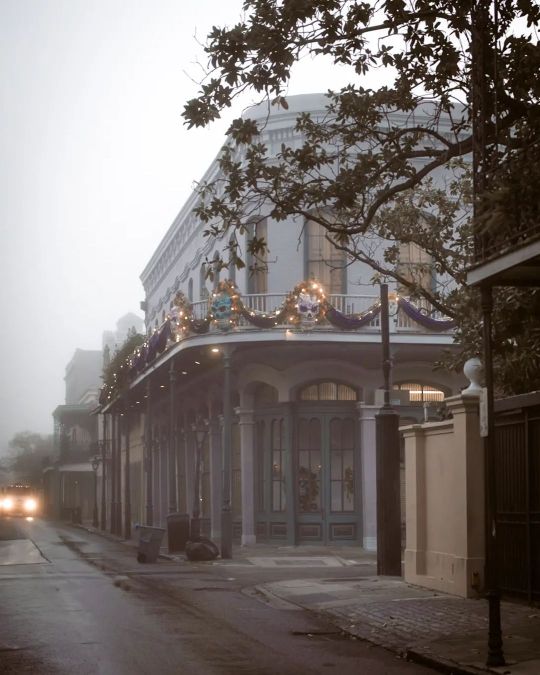
by nola_val
#halloween#happy halloween#new orleans#houses#architecture#witchblr#haunted#fog#spooky#cats#aesthetic#curators on tumblr#up
2K notes
·
View notes
Text
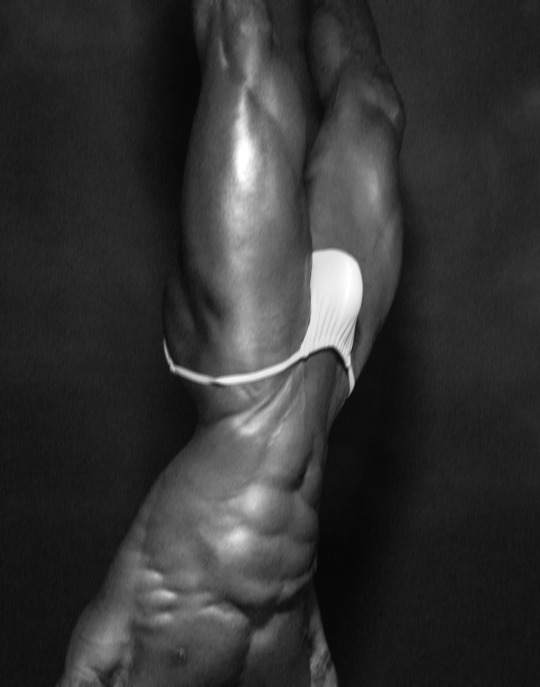
Voodoo- Hamidou Banor by Baldovino Barani for FACTORY Fanzine XXXVI
#rufskin#as above so below#posing straps#hamidou banor#hamidiu banor#baldovino barani#factory fanzine#voodoo#vaudou#muscle#beauty#new orleans#french quarter#magik#divination#baron samedi
1K notes
·
View notes
Text


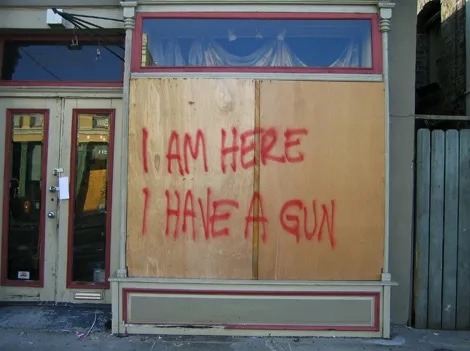
From Destroy This Memory by Richard Misrach
792 notes
·
View notes
Text

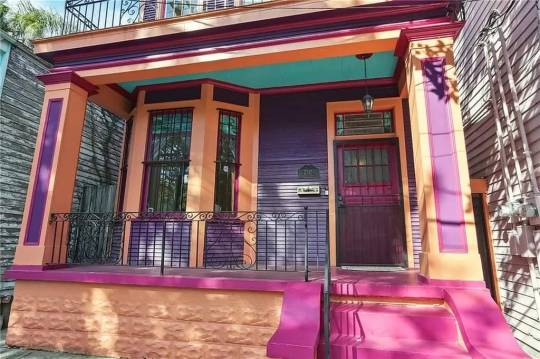

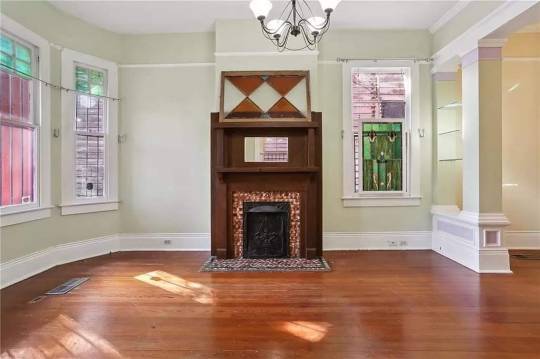

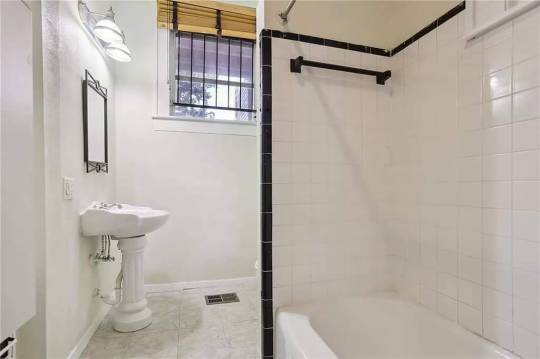


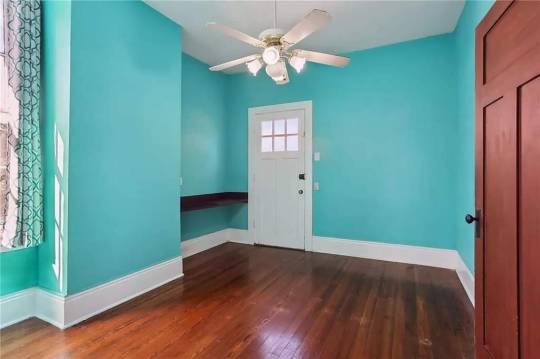

New Orleans, LA c.1913
821 notes
·
View notes
Text
Disneyland had added a new land like New Orleans square except it was just dedicated to cheese. It was just a street filled with cheese sellers.
591 notes
·
View notes
Text
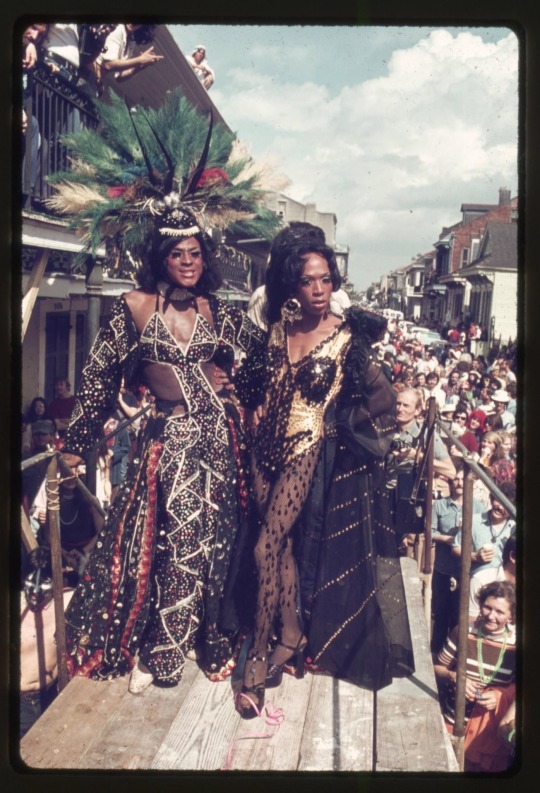
New Orleans Drag Queens on Bourbon St,
1975
5K notes
·
View notes
Photo

I tried to answer this succinctly, but it turned into an essay. (Sorry.)
The Princess and the Frog was not accurate, strictly speaking, but dinging it for that would be like criticizing the Lion King for not being a realistic wildlife documentary. Accuracy wasn't really the point. Given the fantastical elements and fictional nations like “Maldonia”, I suppose we're meant to understand this as a bit removed from the real New Orleans. It's more a a jazz-flavored fairy tale than a historical fiction.
But for discussion's sake....
Is it fashion-accurate to its 1926 timeframe? Ehhh, sort of. It pays homage to 20s fashion trends with cloche hats, furs and feathery headpieces, but without fully committing to it. The waistline on almost all of Tiana's clothing is too high for the 20s, and the the shapes of her fancier costumes take a lot of liberties, or deviate wildly from the style of the period.
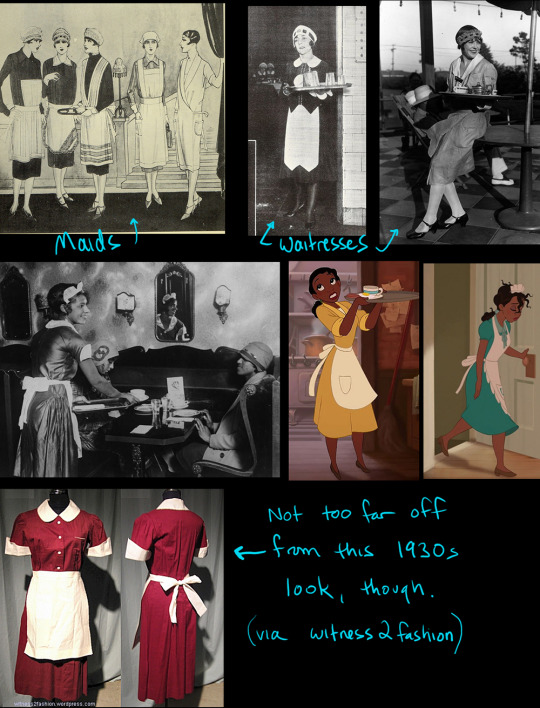
In the 20s, dresses (including workaday stuff) tended to have a straight up-and-down shape to it - kind of a low-waisted rectangle that de-emphasized curves instead of highlighting them. There are valid reasons to play fast and loose with that, though (something I’m definitely guilty of as well). One of those reasons is communication.
For instance, speculatively, the filmmakers wrote Tiana as a hard-working waitress and wanted her to look the part, so they made the choice to clothe her in something familiar - that gingham dress of mid-century shape that we broadly associate with diner waitresses. Actual waitress uniforms of the 20s had a fair bit of overlap with maid uniforms at the time too, and I can see why they wouldn't want to risk the confusion. It's more important to communicate clearly with the larger audience than to appease a small faction of fashion nerds who'd notice or care about the precision.
I don't think it's a case of the designers failing to do their research - I'm sure they had piles of references, and maybe even consultants - but they also had to have priorities.
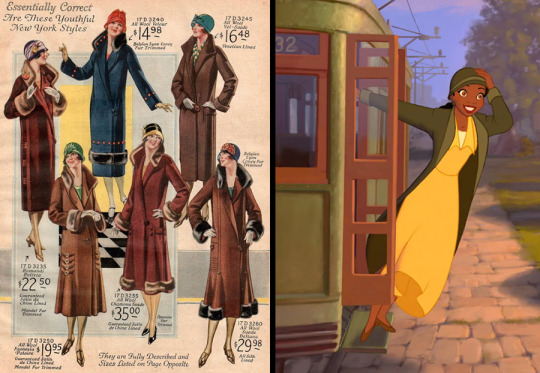
With her hat and coat on, she looks a lot more 1920s-shaped.
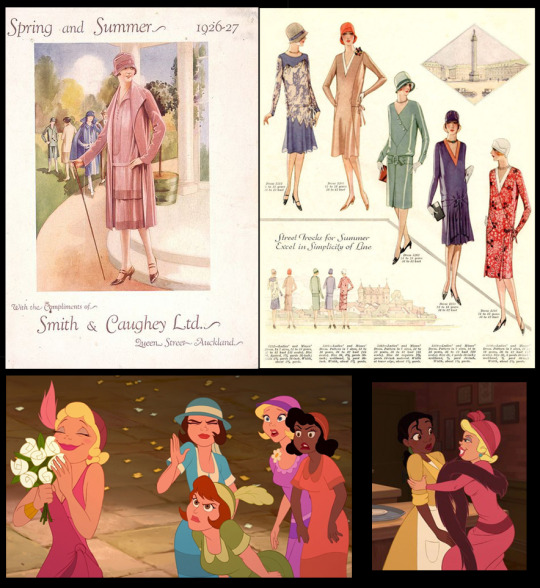
Pretty consistently, the indication of the characteristic 1920s drop waist is there, but the approach otherwise ignores the 20s silhouette. The clothes hug the body too much. This may be about appealing to a 2000s audience, visually speaking, but also could be an animation thing. Maybe both. For practical reasons, clothes in 2d animation are usually more a sort of second skin than something that wears or behaves like realistic fabric.

These are not in the 1920s ballpark at all. Tiana's blue gown looks like your basic Disney brand invention. Strapless things would have been extremely unusual and the overall shape is far out of step. Excusable, I guess, because it's a costume in context. Charlotte looks like she’s heading for a mimosa brunch in a modern maxi dress.
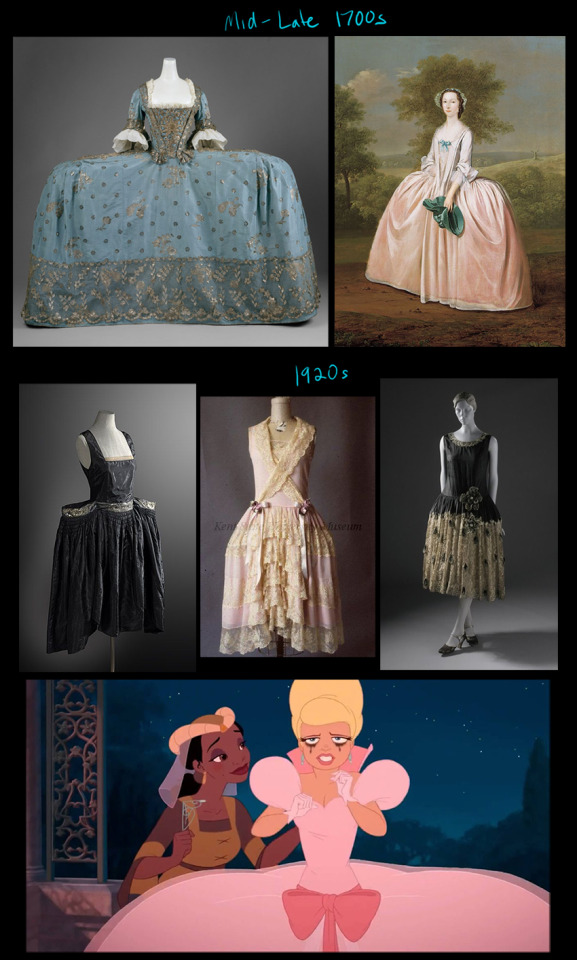
Charlotte's princess dress did seem to be calling back to the ultra-wide pannier side hoops of the 18th century - something that made a reappearance for part of the 20s, albeit in much milder form called robe de style. I'm not sure if the filmmakers were alluding to that at all, really, but either way, her dress is hilarious.
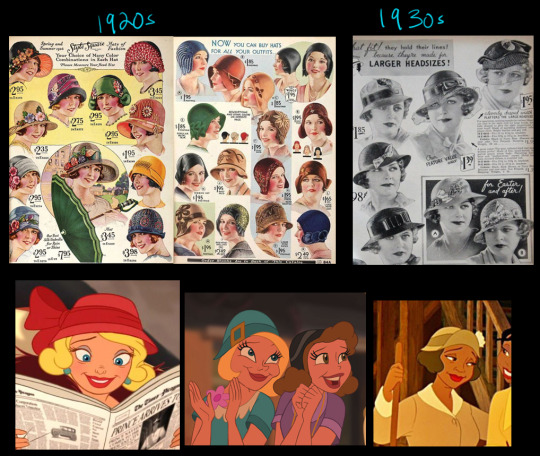
They only went about halfway with the cloche hats. The 1920s cloche really encapsulated the cranium, almost entirely covered bobbed hair, and obscured much of the face from certain angles, so it's easy to see why they've been somewhat reined in for the film. Still, it ends up looking more 1930s, where the hats started to recede away from the face, evolving in the direction of the pillbox.
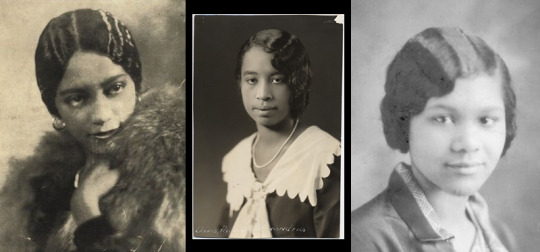
Similarly, Tiana's hair is not very reminiscent of the bobbed, close-to-the-cranium style of the period, but I think that could legitimately be written off as characterization. She's not at all the type of person who'd fuss about going à la mode. Not everyone bobbed and finger-waved their hair.

The clothes Prince Naveen is introduced in are very 1920s collegiate in spirit - the wide-leg oxford bags, the sleeveless pullover sweater, the flat cap, and high, stiff collar. The ukulele and banjolele were pretty trendy instruments at the time too.
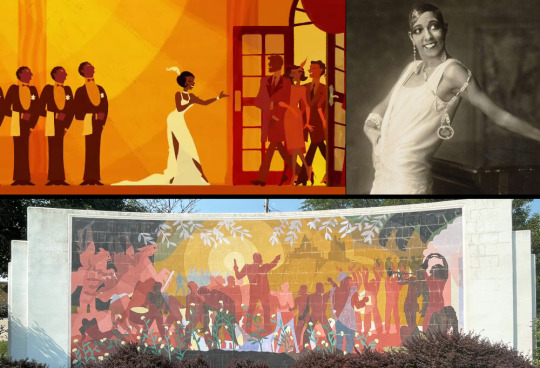
Definitely some Josephine Baker vibes here. Also, the look of this whole fantasy sequence was reportedly inspired by the works of Aaron Douglas, a luminary painter of the Harlem Renaissance known for his depictions of the lives of African-Americans. (The mural is in Topeka, Kansas.)
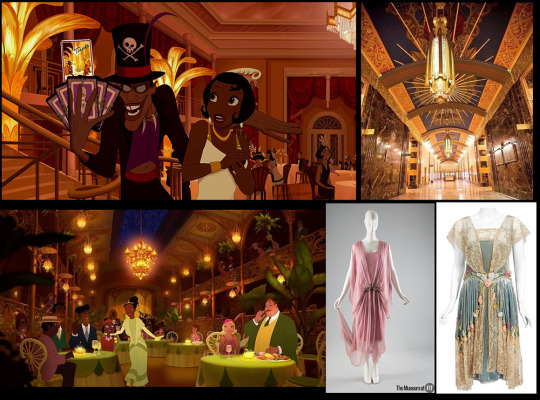
They pretty much nailed the Art Deco. It's gorgeous. Looks somewhat inspired by the interiors of some of the Ralph Walker-designed NYC architecture, plus some French Quarter balcony flair for the final manifestation of Tiana's Place. Her dress here does resemble some gauzy mid-1920s looks, too.
------------------------------------------------
Culturally speaking...
New Orleans is an unusual place. Because some of the colonial Spanish and French laws and conventions that New Orleans evolved under persisted even after its inception into the United States; because it was such a heterogeneous hub of indigenous and immigrant peoples; and because it had a considerable population of free people of color (mostly Creole), it did not function quite like the rest of the South leading up to the Civil War, nor for a while after. Its particular coalescence of cultures made it its own unique sort of culture within the country, within the region, within the state of Louisiana even. By the early 20th century, though, regardless of the not-very-binary nature of New Orleans, Jim Crow laws were enforcing a literal black-and-white distinction, and not an evenhanded one, by far. In that aspect, the city had begun to resemble the rest of the South.
The film nods at the wealth disparity, but goes on to paint a pretty rosy picture of race and class relations at the time. Still it's not unbelievable that some people were exceptions to the rules. You could probably find a few compartments of old New Orleans society that resisted segregation or certain prejudicial norms, preferring to do things their own way. That aside, the film wasn't trying to confront these topics. Not every piece of media should have to. Sometimes breaking away from miserable period piece stereotypes is refreshing. I'm not sure it could have handled that meaningfully given the running time, narrow story focus, and intended audience, anyhow. (But you could perhaps also make a case that family films habitually underestimate younger audiences in this way.)
------------------------------------------------
Raymond the firefly I guess is the film's Cajun representation. There's not much to say about it, except perhaps to note that Evangeline is a reference to the heroine of a Longfellow poem of the same name. The poem is an epic romance set during the expulsion of the Acadians from the eastern provinces of Canada and the northernmost reaches of the American colonies (now Maine) by the British in the mid-1700s. Many exiled Acadians gradually migrated south to francophone-friendly Louisiana, settling into the prairies and bayous, where 'Acadian' truncated into the pronunciation 'Cajun'. Evangeline - who is only finally reunited with her love when he’s on his deathbed - has become an emblem of the heartbreak, separation and faithful hope of that cultural history, and there are parishes, statues and other landmarks named after the her throughout Louisiana.
------------------------------------------------
Voodoo does have a very historical presence in New Orleans, having arrived both directly from West Africa and by way of the Haitian diaspora (where it would more properly be called Vodou). While I don't think Disney's treatment of it was especially sensitive or serious, it also wasn't the grotesquely off-base sort of thing that media of the past has been known to do. It was largely whittled down to a magical plot component, but it wasn't so fully repurposed that it didn't resemble Voodoo at all either - and that's mostly owing to the characters, because it does appear the writers pulled from history there.
It’s apparently widely held that Dr. Facilier is a Baron Samedi caricature - and likely that's true, in part - but I have the impression he's also influenced by Doctor John. Not the 20th century funk musician, but the antebellum “Voodoo King” of New Orleans. Doctor John (also called Bayou John, Jean La Ficelle, and other aliases) claimed to be a Senegalese prince. He became well known as a potion man and romance-focused prognosticator to people from all corners of society. Though highly celebrated and financially successful at his peak, he seems ultimately remembered as an exploitative villain.
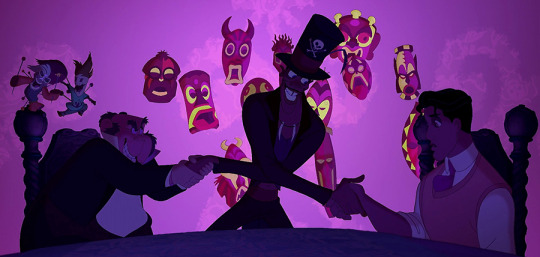
To my recollection, the film sort of gingerly avoids referring to Facilier as a Voodoo practitioner directly (I think he's more generically called a witch doctor in the script?) but it does seem to imply his 'friends on the other side' are a consortium of loa. It's mostly abbreviated into nebulously evil-seeming special FX, glazing over any specificity or dimensionality, but it does also loop back around as a vehicle of moral justice. Loa are all very individualistic and multi-faceted, but they do have reciprocal rules for asking favors of them.
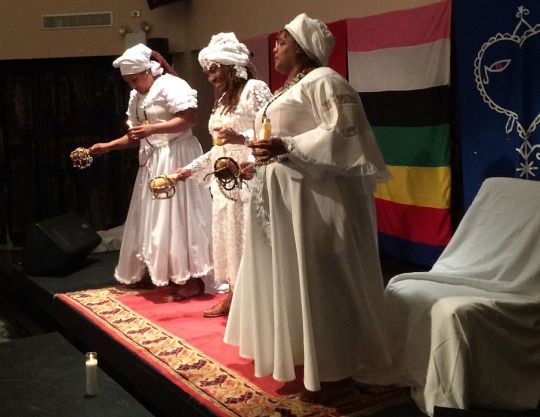
There's also the benevolent counterpart in Mama Odie's character. Her wearing ritual whites has a definite basis in Voodoo/Vodou practice, and her depiction as a fairy godmother-like figure isn't entirely out of step with how a mambo may have been perceived...in a very general sense. They were/are ceremonial leaders and community bastions who people would seek out for help, advice and spiritual guidance. More than just emanating matronly good vibes, though, some have wielded considerable political and economic power.
(Just my opinions here. I've done a lot of reading on the subject for research but I'm no authority with any special insider understanding of Voodoo, and I really shouldn't be relied upon as an arbiter of who has or hasn't done it justice in fiction.)
------------------------------------------------
In summary--
Culturally, I think the film is respectably informed but paints a superficially genteel picture. The set pieces are gorgeous, but the story mostly delivers a sort of veneer of New Orleanishness. And as for fashion, well, it’s the 1920s run through a Disney filter. It’s very pretty, but it’s only as proximally accurate as seemed practical.
I don’t know that any of that really matters so much as whether or not it achieved what it intended, though. As a charming yarn and as a tribute to New Orleans and the Jazz age, I think it’s mostly successful. It’s also really beautifully animated!
#princess and the frog#disney#1920s#new orleans#jazz#fashion#voodoo#vodou#history#animation#art deco
5K notes
·
View notes
Text

Vieux Carré
New Orleans
#aesthetic#architecture#new orleans#louisiana#cityscape#tropical#creole architecture#french quarter#wr
382 notes
·
View notes
